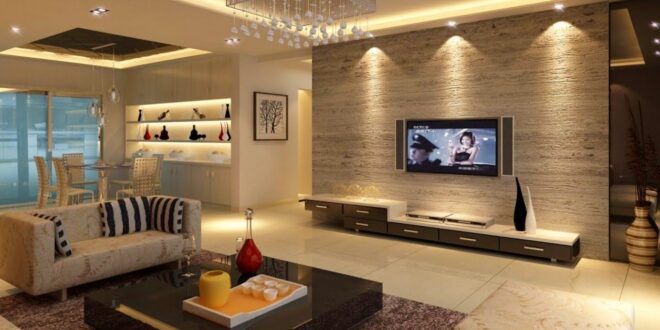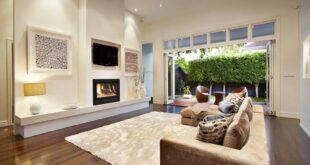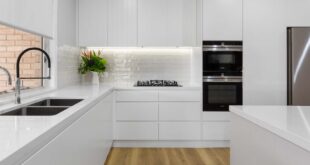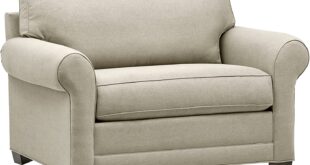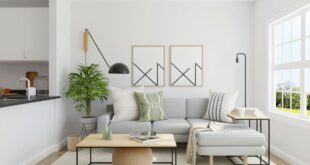body { font-family: Arial, sans-serif; line-height: 1.6; }
h2 { color: #333; margin-top: 2em; }
h3 { color: #666; margin-top: 1.5em; }
p { margin-bottom: 1em; }
ul, ol { margin-left: 2em; margin-bottom: 1em; }
img { max-width: 100%; height: auto; }
Introduction: Your Living Area, Your Sanctuary
The living area, the heart of your home, a space where memories are made, laughter echoes, and quiet moments are cherished. It’s more than just a room; it’s a reflection of your personality, your lifestyle, and your aspirations. Interior design, therefore, plays a crucial role in shaping this space into a sanctuary that nurtures your well-being and inspires you every day. This comprehensive guide will delve into the multifaceted world of living area interior design, providing you with the knowledge and inspiration to create a space that is both aesthetically pleasing and functionally efficient.
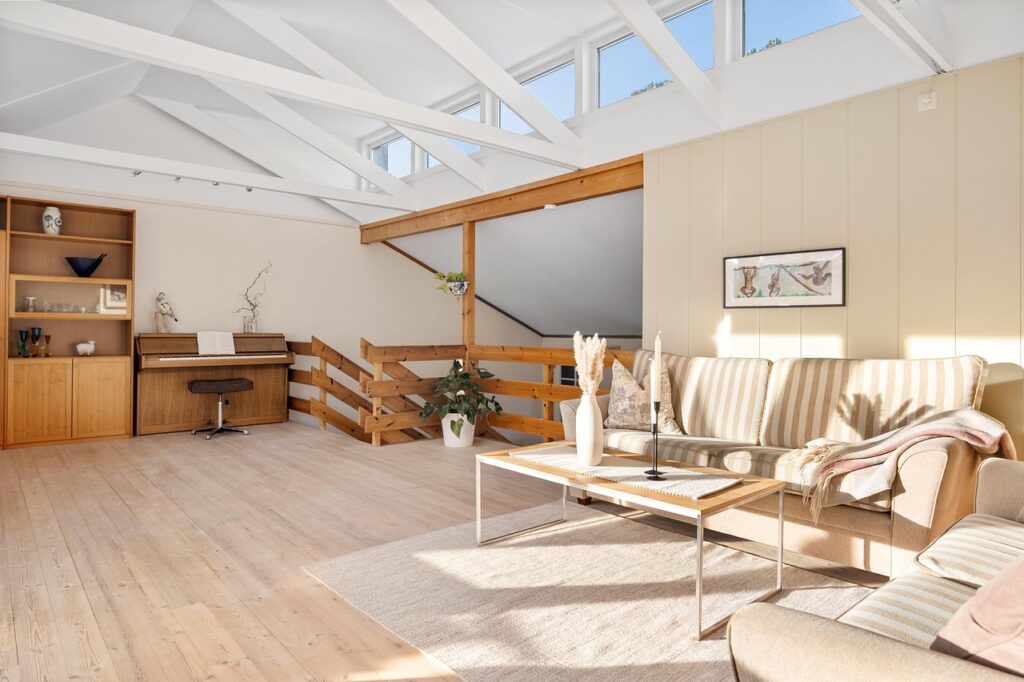
We’ll cover everything from understanding your personal style and needs to selecting the right furniture, colors, lighting, and accessories. We’ll even explore some common design pitfalls and how to avoid them. Whether you’re starting from scratch, renovating an existing space, or simply looking to refresh your living area, this guide will empower you to transform your space into the living area of your dreams.
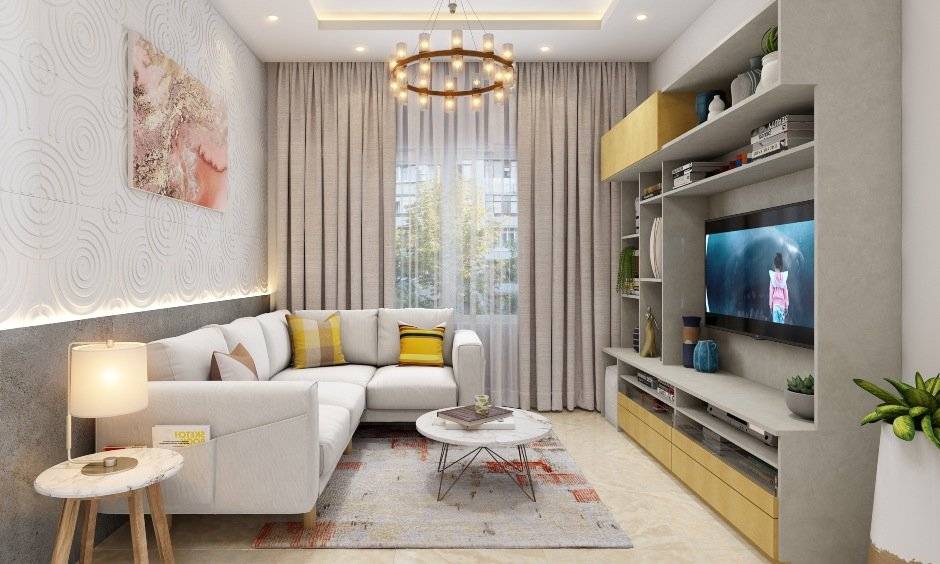
Understanding Your Style and Needs
Before diving into specific design elements, it’s crucial to understand your personal style and needs. Ask yourself: What makes you feel comfortable and happy? What activities will take place in this space? How many people will typically use the living area? Answering these questions will provide a solid foundation for your design decisions.
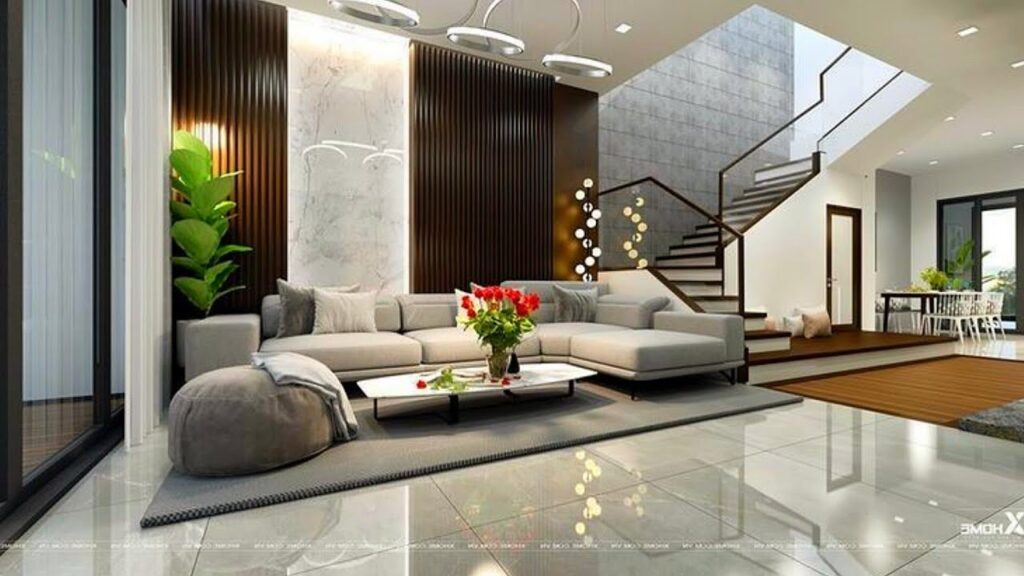
Identifying Your Design Style
There’s a vast array of interior design styles, each with its own unique characteristics. Exploring these styles will help you identify the ones that resonate with you. Here are a few popular styles:
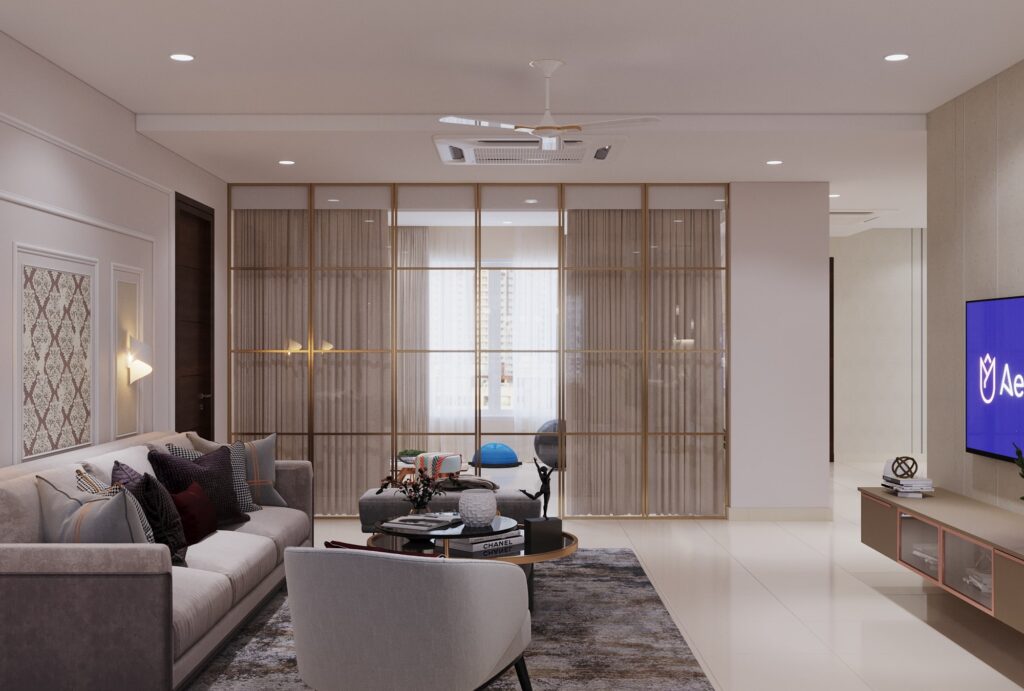
- Modern: Characterized by clean lines, minimalism, neutral colors, and functional furniture. Think sleek surfaces, geometric shapes, and a focus on open space.
- Contemporary: Similar to modern, but more fluid and evolving. It incorporates current trends and embraces a mix of materials and textures.
- Traditional: Emphasizes elegance, formality, and classic design elements. Expect rich colors, ornate details, and antique furniture.
- Minimalist: Stripped-down to the essentials, focusing on functionality and simplicity. This style prioritizes open space, neutral colors, and a clutter-free environment.
- Bohemian: A free-spirited and eclectic style that embraces individuality and unconventional design. Think vibrant colors, mixed patterns, vintage finds, and natural elements.
- Scandinavian: Characterized by simplicity, functionality, and natural light. It features neutral colors, wood accents, cozy textiles, and a focus on creating a warm and inviting atmosphere.
- Industrial: Inspired by warehouses and factories, this style embraces raw materials, exposed brick, concrete floors, and metal accents.
- Farmhouse: A cozy and rustic style that emphasizes natural materials, comfortable furniture, and a sense of warmth and hospitality.
Don’t feel limited to just one style! Many successful living areas blend elements from different styles to create a unique and personalized look. Experiment with different combinations to find what works best for you. Look for inspiration in magazines, online platforms like Pinterest and Instagram, and even in hotels and restaurants you admire.
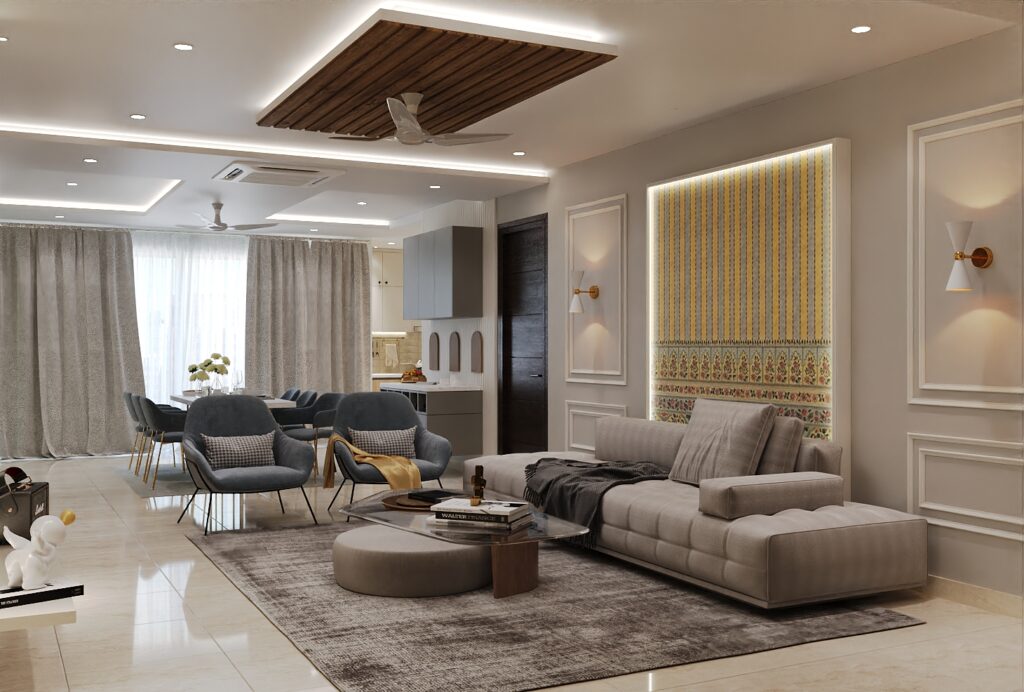
Assessing Your Needs and Functionality
Consider how you will use your living area. Is it primarily for relaxing and watching TV? Do you entertain guests frequently? Do you need a dedicated workspace? Identifying your needs will help you prioritize the elements that are most important to you.
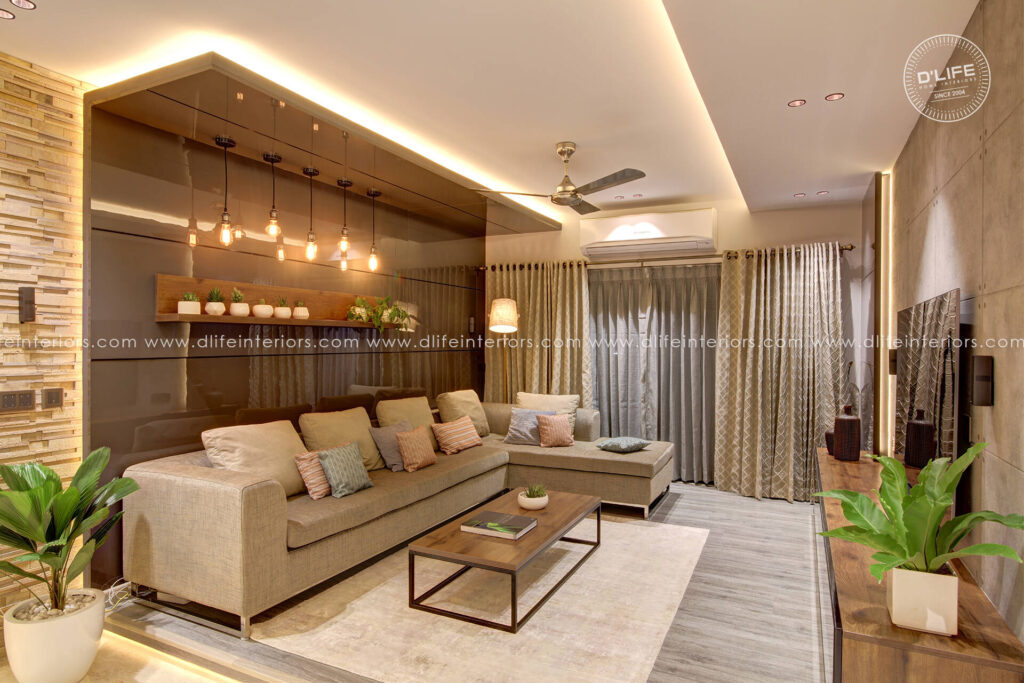
- Seating: How many people do you need to accommodate comfortably? Consider a sofa, armchairs, ottomans, and even floor cushions.
- Storage: Do you need space for books, media equipment, games, or other items? Explore options like bookshelves, cabinets, and storage ottomans.
- Entertainment: Will you have a TV, stereo system, or other entertainment devices? Plan for proper placement and wiring.
- Workspace: If you need a dedicated workspace, consider a desk, comfortable chair, and adequate lighting.
- Traffic Flow: Ensure that there is ample space for people to move freely through the living area.
The Building Blocks of Living Area Design
Once you have a clear understanding of your style and needs, you can start to consider the individual elements that will contribute to the overall design of your living area.
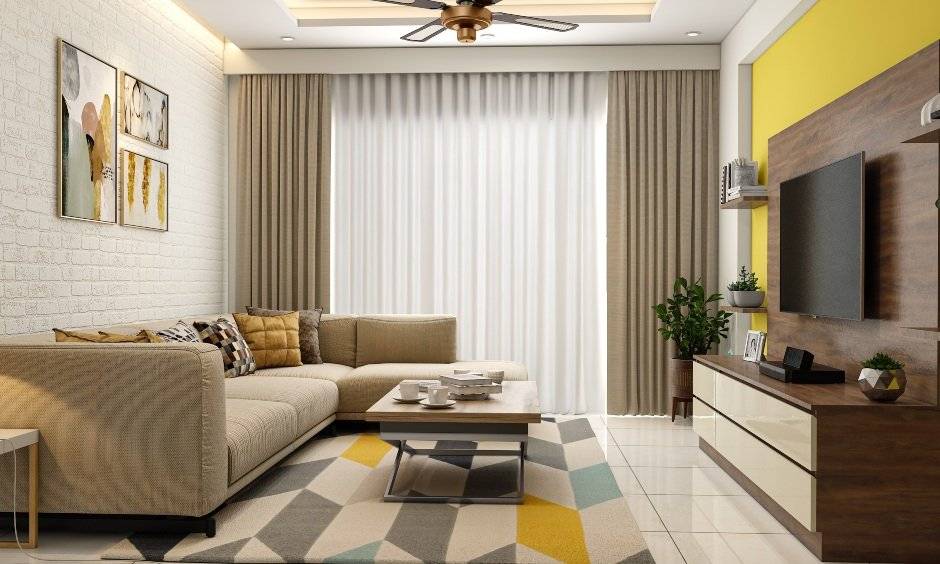
Color Palette: Setting the Mood
Color is a powerful tool that can significantly impact the mood and atmosphere of your living area. Consider the psychological effects of different colors and choose a palette that reflects your desired ambiance.
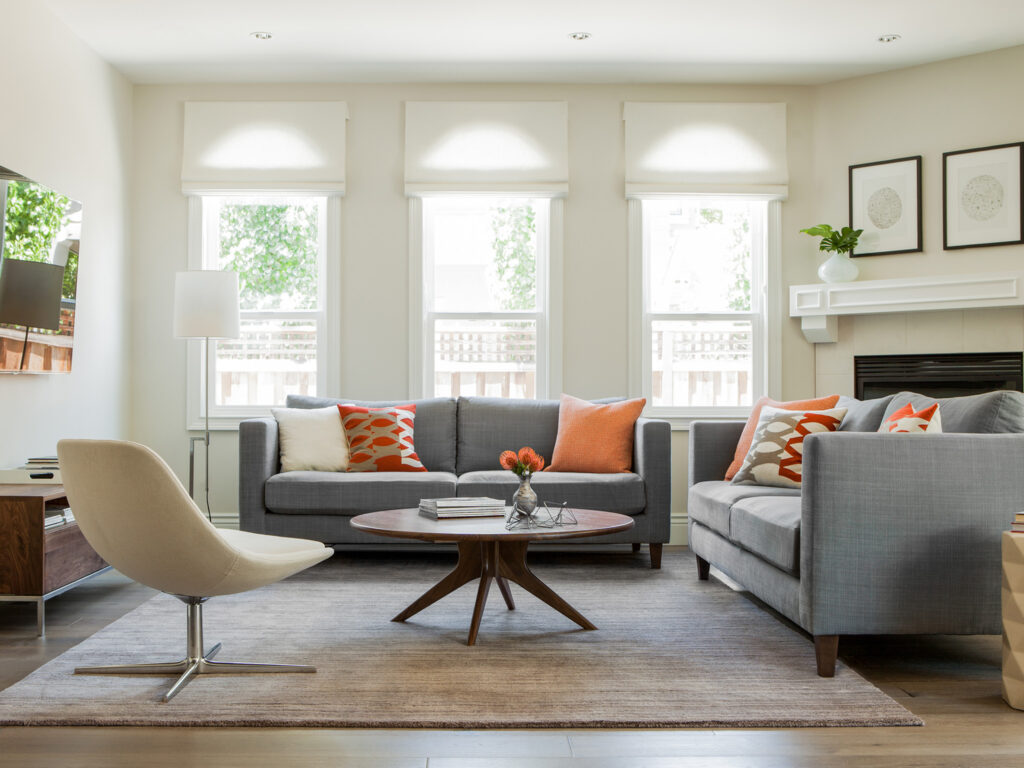
- Warm Colors (reds, oranges, yellows): Create a sense of warmth, energy, and intimacy.
- Cool Colors (blues, greens, purples): Evoke feelings of calmness, serenity, and relaxation.
- Neutral Colors (whites, grays, beiges): Provide a versatile backdrop that allows other elements to shine.
When choosing a color palette, consider the following tips:
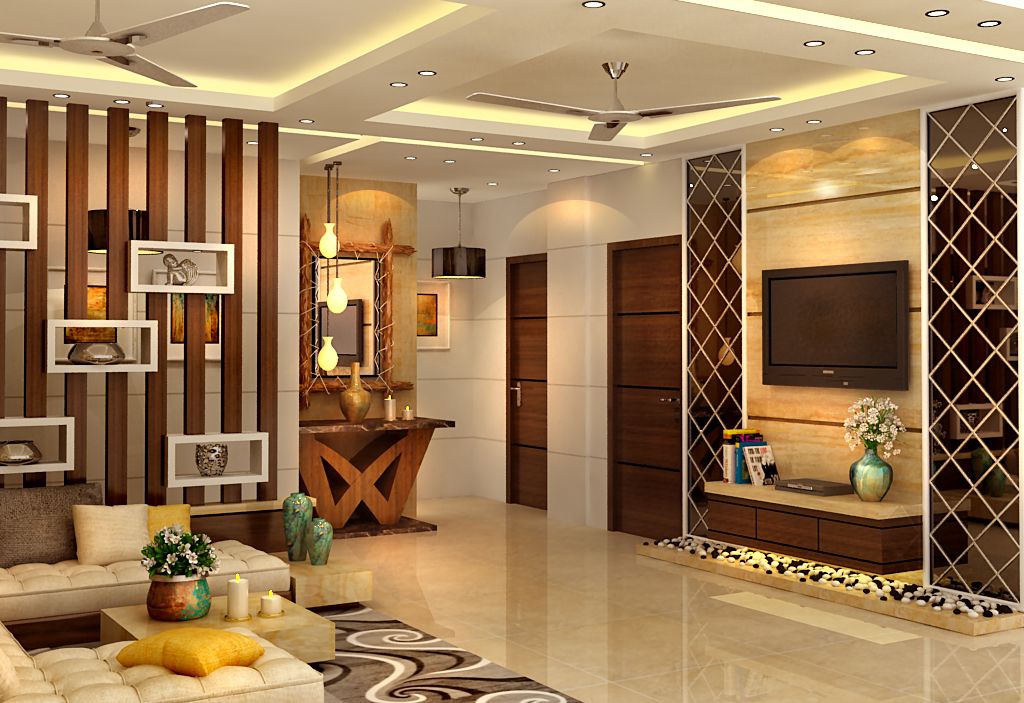
- Start with a focal point: Select a rug, piece of art, or furniture that you love and use its colors as inspiration.
- Use the 60-30-10 rule: Designate 60% of the room to a dominant color, 30% to a secondary color, and 10% to an accent color.
- Consider the natural light: Colors will appear differently depending on the amount of natural light in the room.
- Test paint samples: Before committing to a color, paint samples on the wall and observe how they look at different times of day.
Furniture: Comfort and Style
Furniture is not only functional but also contributes significantly to the aesthetic appeal of your living area. Choose pieces that are comfortable, durable, and reflect your personal style.
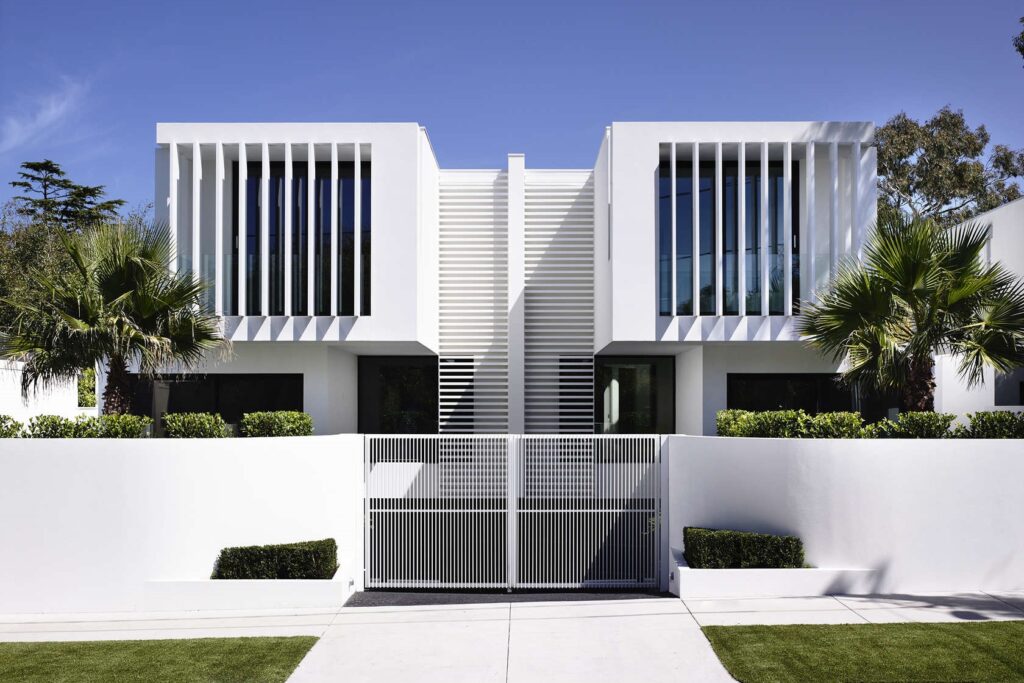
- Sofa: The centerpiece of the living area. Consider the size, shape, and material of the sofa to ensure it fits your space and lifestyle. Sectionals are great for larger families or for creating a cozy lounging area.
- Armchairs: Provide additional seating and can add visual interest to the room.
- Coffee Table: A functional and stylish piece that provides a surface for drinks, books, and decorative items. Consider the size, shape, and material of the coffee table to complement your other furniture.
- Side Tables: Offer convenient surfaces for lamps, books, and other essentials.
- Media Console: Provides storage for media equipment and can serve as a focal point in the room.
- Bookshelves: Offer storage for books and decorative items and can add a touch of personality to the space.
When selecting furniture, consider the following factors:
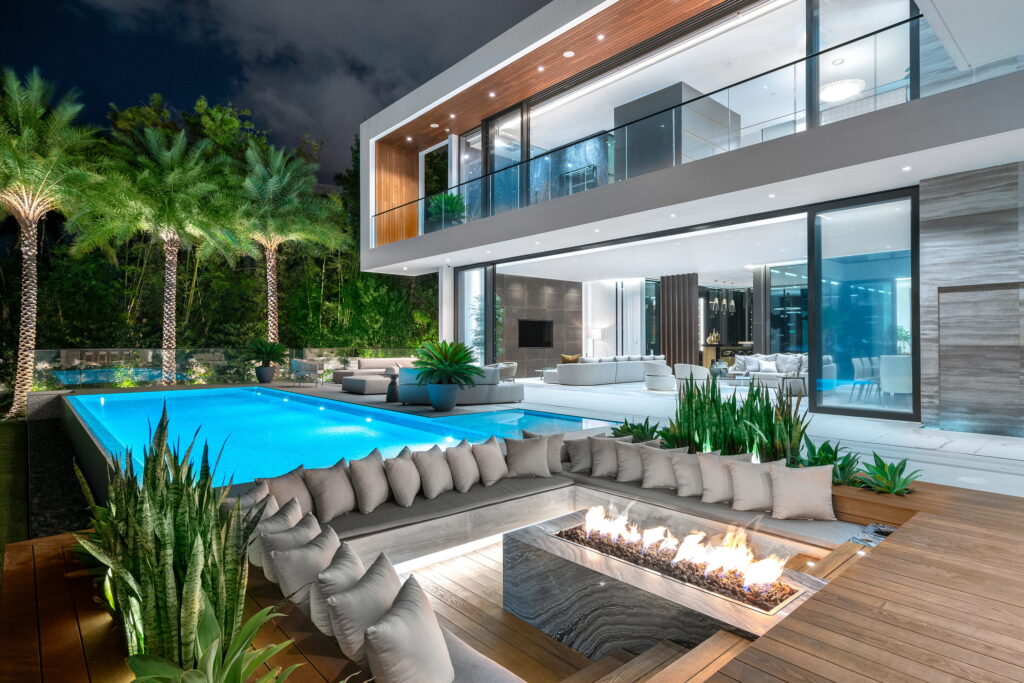
- Scale: Choose furniture that is appropriately sized for the room. Avoid overcrowding the space.
- Comfort: Prioritize comfort when selecting seating.
- Durability: Choose furniture that is made from durable materials that will withstand daily use.
- Style: Select furniture that reflects your personal style and complements the overall design of the room.
Lighting: Illuminating Your Space
Lighting is essential for creating a welcoming and functional living area. A well-lit room can enhance the mood, highlight architectural features, and improve visibility.
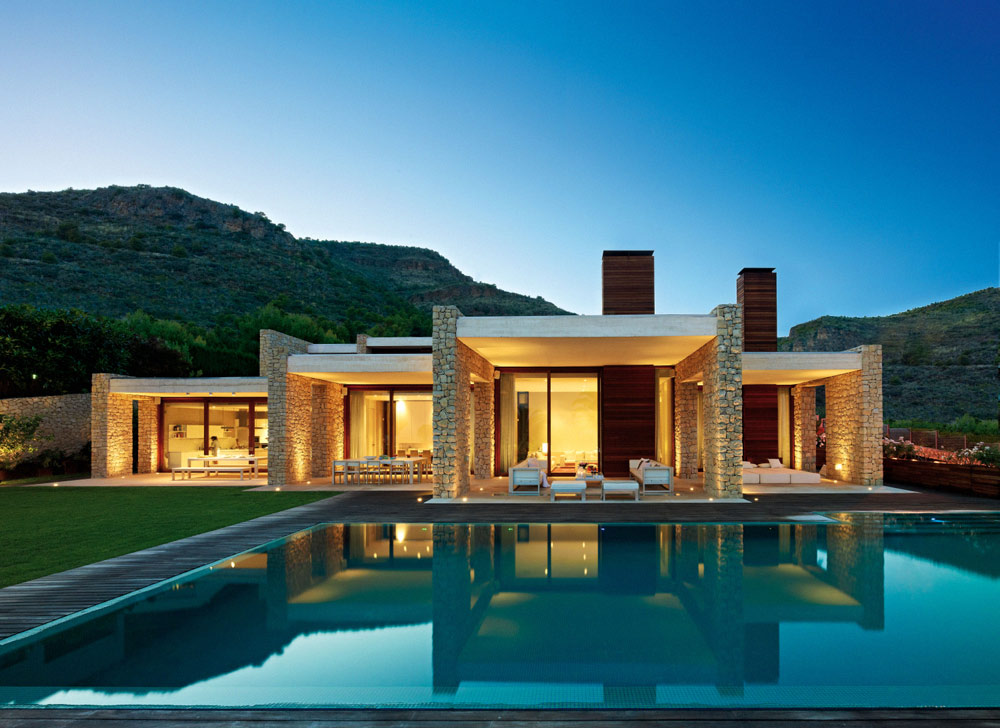
- Natural Light: Maximize natural light by keeping windows clean and using sheer curtains or blinds.
- Ambient Lighting: Provides overall illumination to the room. Options include recessed lighting, chandeliers, and ceiling fixtures.
- Task Lighting: Provides focused light for specific activities, such as reading or working. Options include table lamps, floor lamps, and desk lamps.
- Accent Lighting: Highlights architectural features, artwork, or decorative items. Options include spotlights, wall sconces, and picture lights.
When planning your lighting scheme, consider the following tips:
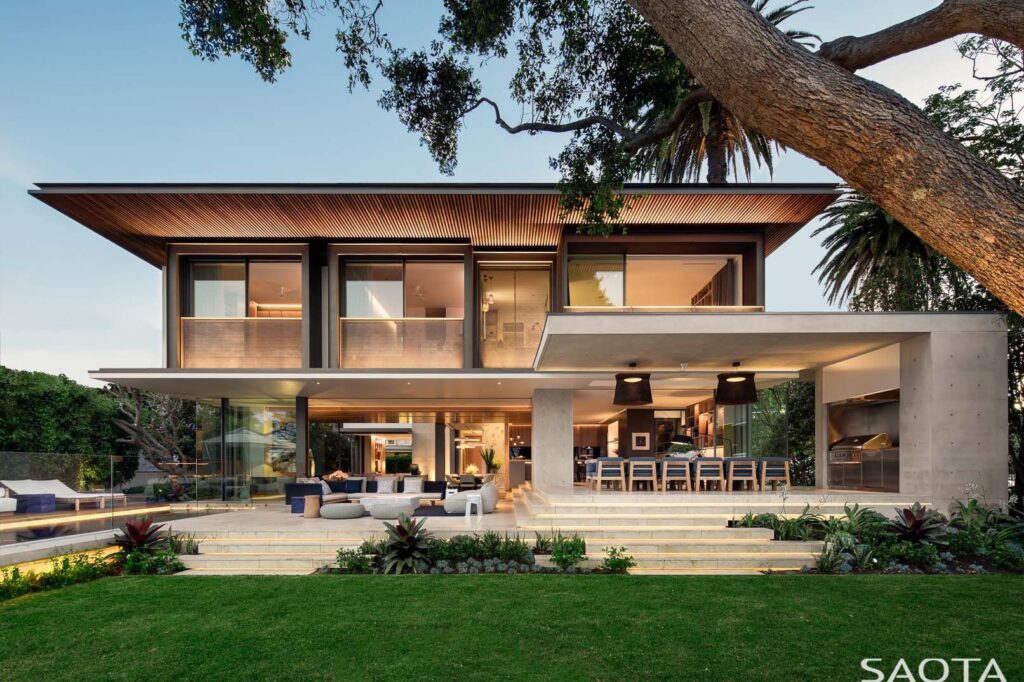
- Layer your lighting: Combine different types of lighting to create a balanced and versatile lighting scheme.
- Use dimmers: Dimmers allow you to adjust the brightness of your lights to create the desired ambiance.
- Choose the right bulbs: Different types of light bulbs emit different colors of light. Choose bulbs that complement your color palette and create the desired mood.
Accessories: Adding Personality and Charm
Accessories are the finishing touches that add personality and charm to your living area. They can be used to express your individuality, create visual interest, and tie the room together.
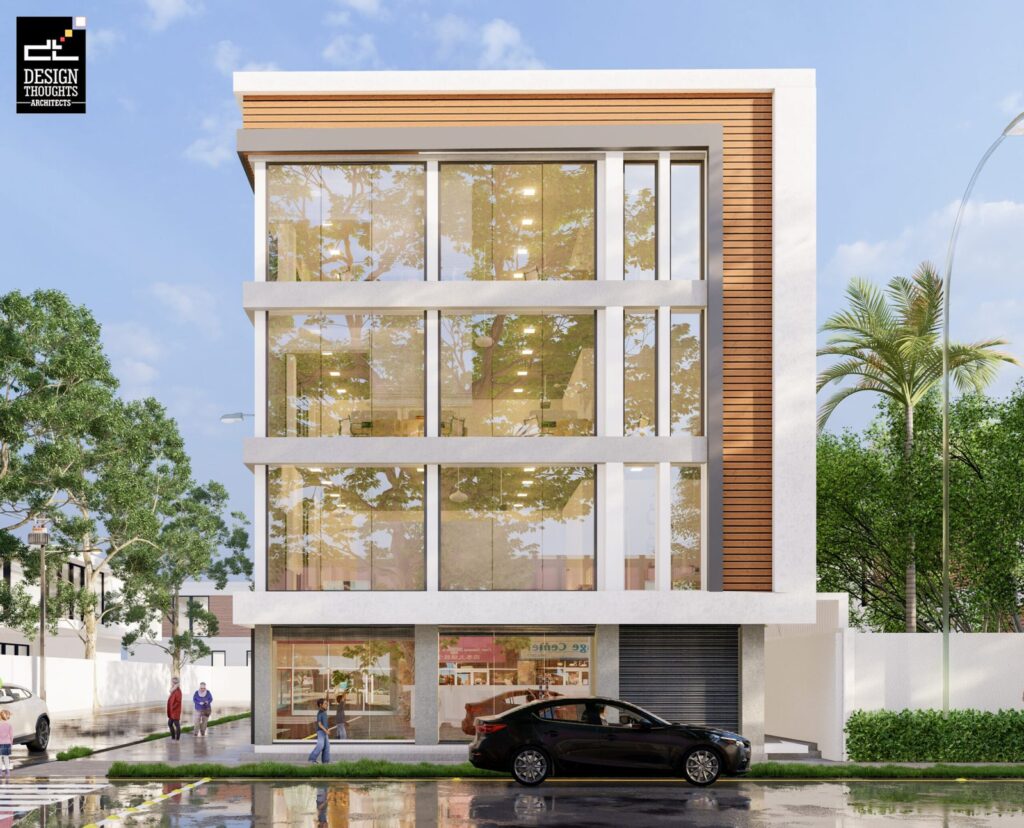
- Rugs: Define the seating area, add warmth and texture, and can serve as a focal point in the room.
- Curtains and Blinds: Provide privacy, control light, and add visual interest to the windows.
- Pillows and Throws: Add comfort and texture to seating and can be used to introduce pops of color and pattern.
- Artwork: Express your personal style and add visual interest to the walls.
- Mirrors: Reflect light and make the room appear larger.
- Plants: Add life and freshness to the space.
- Decorative Objects: Vases, sculptures, candles, and other decorative objects add personality and charm to the room.
When selecting accessories, consider the following tips:
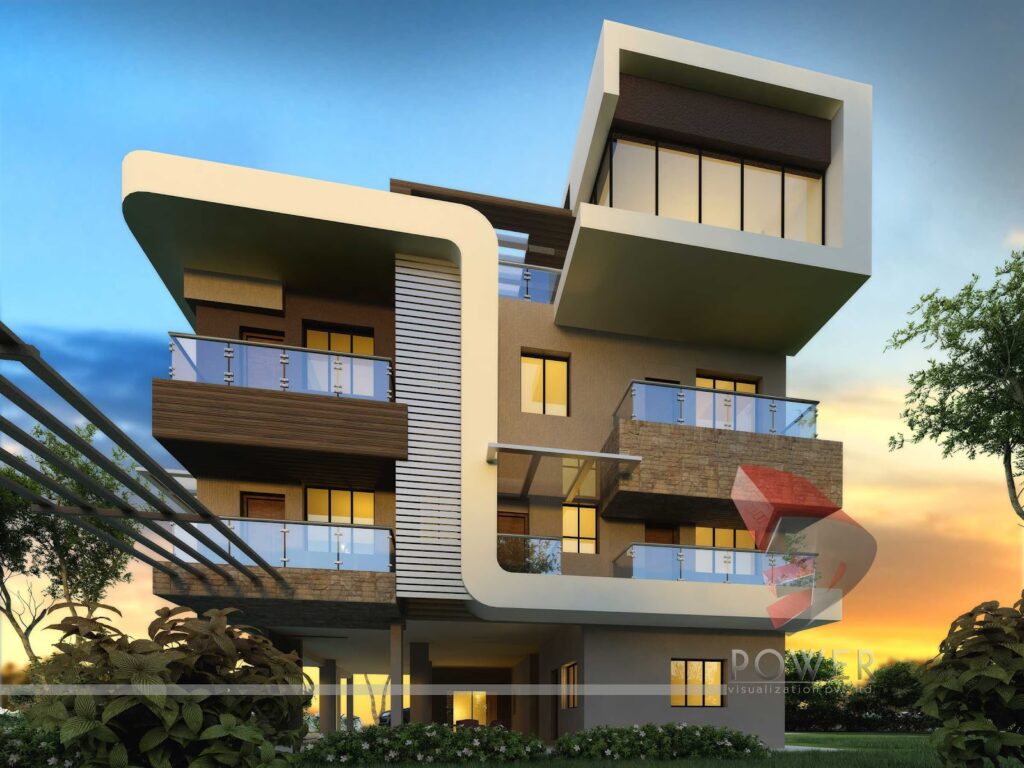
- Less is more: Avoid cluttering the space with too many accessories.
- Group items together: Create vignettes by grouping accessories together on shelves, tables, or mantels.
- Vary the height and scale: Use accessories of different heights and scales to create visual interest.
- Incorporate personal items: Display items that have personal meaning to you, such as family photos, souvenirs, or collections.
Common Design Pitfalls and How to Avoid Them
Even with careful planning, it’s easy to make mistakes when designing your living area. Here are some common pitfalls to avoid:
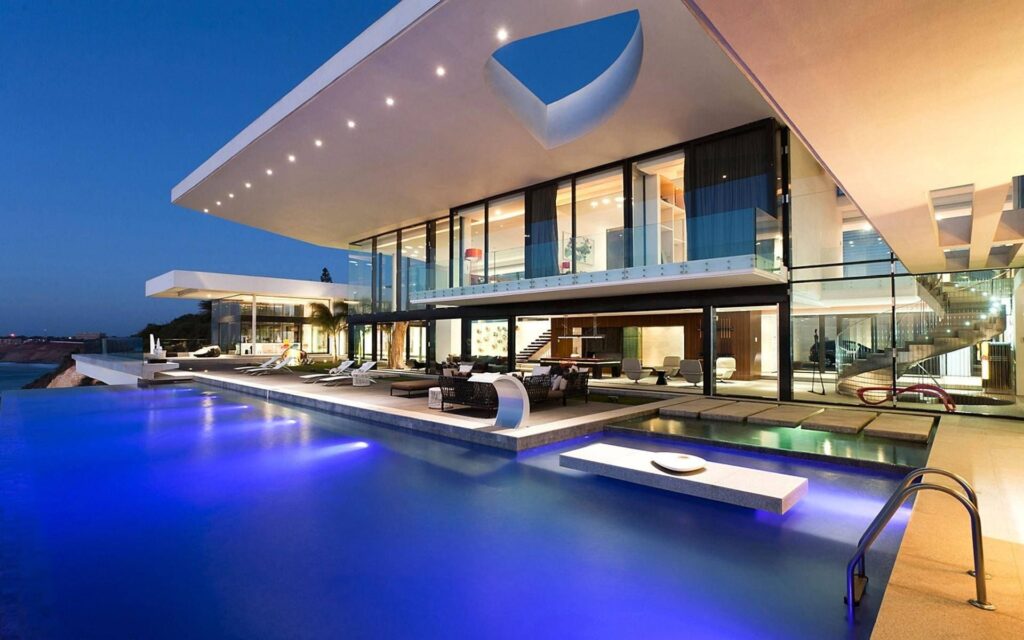
- Overcrowding the space: Avoid cramming too much furniture into the room. Leave ample space for people to move freely.
- Choosing furniture that is too large or too small: Select furniture that is appropriately sized for the room.
- Ignoring the architecture of the room: Work with the existing architectural features of the room, such as windows, fireplaces, and moldings.
- Poor lighting: A poorly lit room can feel dark and uninviting. Layer your lighting to create a balanced and versatile lighting scheme.
- Lack of a focal point: Every room should have a focal point, such as a fireplace, a large piece of art, or a statement piece of furniture.
- Neglecting storage: Insufficient storage can lead to clutter and disorganization. Plan for adequate storage to keep the room tidy.
- Ignoring traffic flow: Ensure that there is ample space for people to move freely through the living area.
- Using too many patterns or colors: Stick to a limited color palette and use patterns sparingly.
- Forgetting personal touches: Add personal touches to make the room feel like your own.
Sustainable and Eco-Friendly Living Area Design
Increasingly, homeowners are looking for ways to design their living areas in a sustainable and eco-friendly way. This not only benefits the environment but also creates a healthier and more comfortable living space.
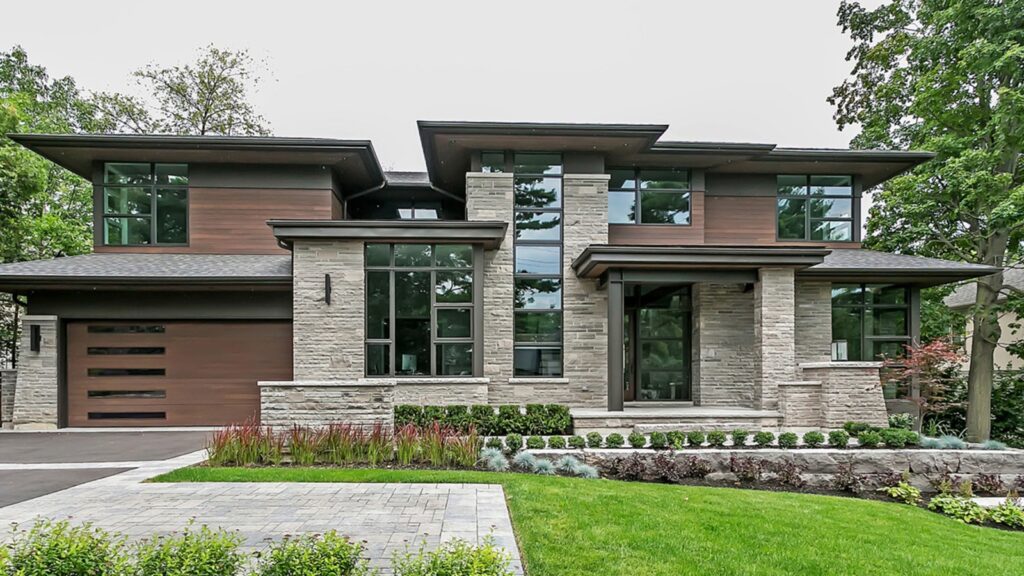
Tips for Sustainable Design
- Choose eco-friendly materials: Opt for furniture and accessories made from sustainable materials, such as bamboo, reclaimed wood, organic cotton, and recycled materials.
- Use low-VOC paints and finishes: Volatile organic compounds (VOCs) are harmful chemicals that can be released into the air from paints and finishes. Choose low-VOC or no-VOC options.
- Maximize natural light: Reduce the need for artificial lighting by maximizing natural light.
- Install energy-efficient lighting: Use LED light bulbs, which consume significantly less energy than traditional incandescent bulbs.
- Choose energy-efficient appliances: When replacing appliances, choose energy-efficient models that are Energy Star certified.
- Use sustainable flooring: Opt for flooring made from sustainable materials, such as bamboo, cork, or reclaimed wood.
- Reduce waste: Recycle materials during the design process and choose products that are durable and long-lasting.
- Shop vintage and secondhand: Give new life to pre-owned furniture and accessories.
- Support local artisans and businesses: Purchase items from local artisans and businesses to reduce your carbon footprint and support the local economy.
Living Area Design Ideas for Different Spaces
The size and layout of your living area will influence your design choices. Here are some ideas for different types of spaces:
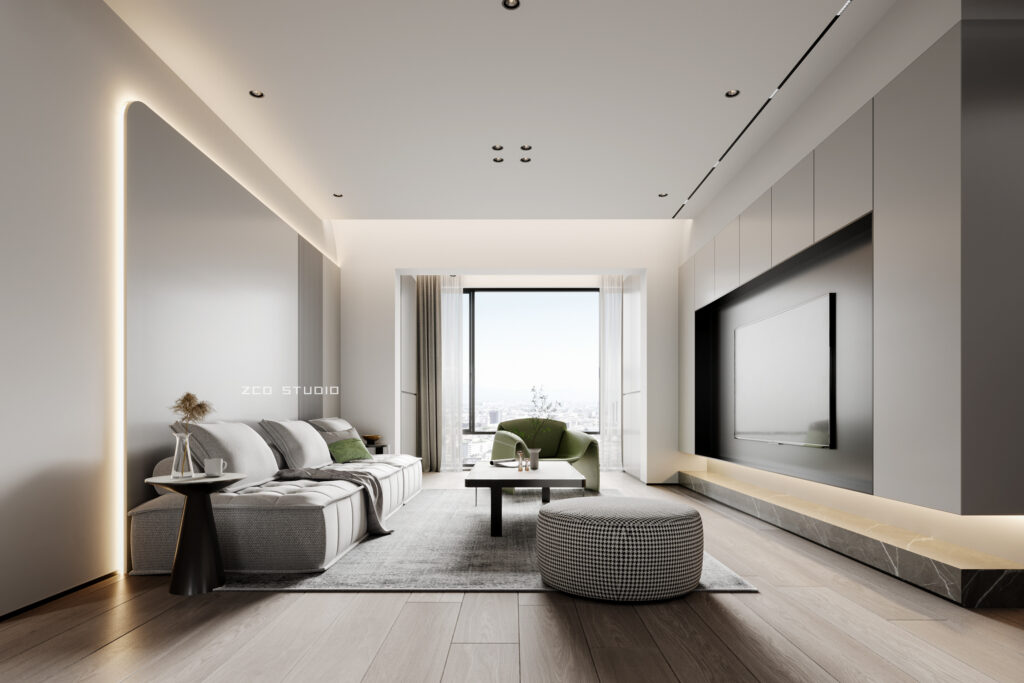
Small Living Areas
- Use light colors: Light colors make a room appear larger and more open.
- Choose multi-functional furniture: Opt for furniture that serves multiple purposes, such as a sofa bed or a storage ottoman.
- Maximize vertical space: Use shelves and wall-mounted cabinets to maximize storage space.
- Use mirrors: Mirrors reflect light and make the room appear larger.
- Keep it minimal: Avoid cluttering the space with too much furniture and accessories.
Large Living Areas
- Create zones: Divide the room into different zones for different activities, such as lounging, dining, and working.
- Use area rugs to define zones: Area rugs can help to define different zones within a large living area.
- Choose large-scale furniture: Use larger pieces of furniture to fill the space and create a sense of balance.
- Add texture and pattern: Use texture and pattern to add visual interest to the room.
- Incorporate a focal point: Create a focal point, such as a fireplace or a large piece of art, to draw the eye into the room.
Open-Concept Living Areas
- Create a cohesive design: Choose a consistent color palette and design style to create a cohesive look throughout the open-concept space.
- Use furniture to define spaces: Use furniture to define different areas within the open-concept space, such as the living area, dining area, and kitchen.
- Use area rugs to delineate spaces: Area rugs can also help to delineate different spaces within an open-concept living area.
- Maintain a sense of flow: Ensure that there is a clear and comfortable flow of traffic throughout the open-concept space.
- Consider the acoustics: Open-concept spaces can be noisy. Consider using sound-absorbing materials, such as rugs, curtains, and upholstered furniture, to improve the acoustics.
The Future of Living Area Design
The future of living area design is likely to be shaped by several trends, including:
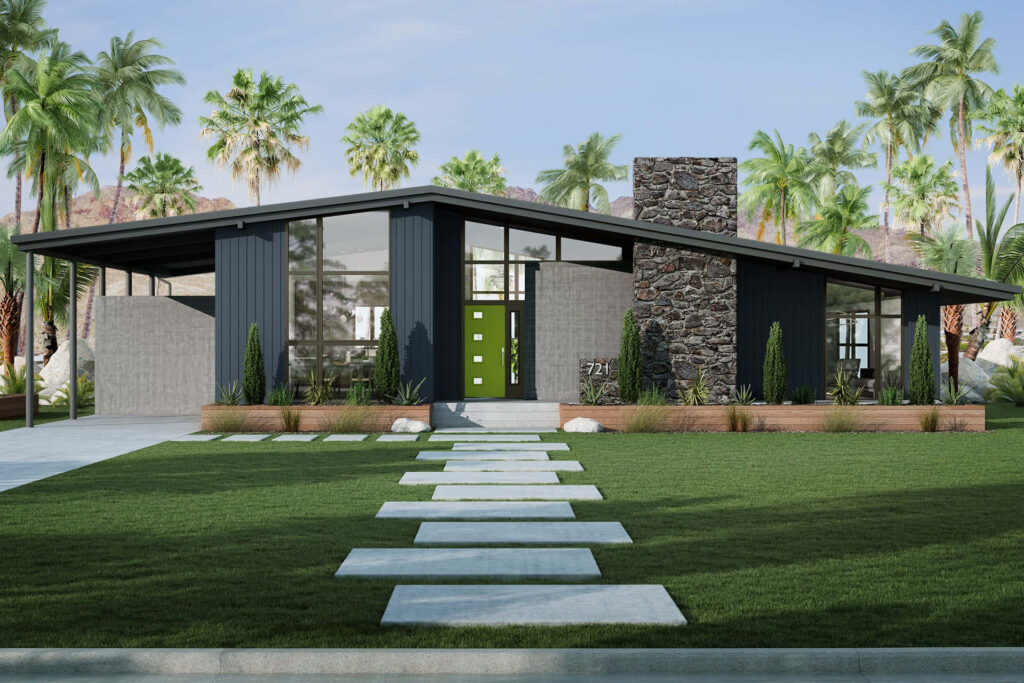
- Smart home technology: Smart home technology will continue to play a larger role in living area design, with features such as smart lighting, automated blinds, and integrated entertainment systems becoming increasingly common.
- Sustainability: Sustainability will continue to be a major focus, with homeowners increasingly seeking eco-friendly materials and design solutions.
- Personalization: Personalization will become even more important, with homeowners seeking to create living areas that truly reflect their individual styles and needs.
- Multifunctional spaces: As living spaces become smaller, the need for multifunctional spaces will continue to grow.
- Biophilic design: Biophilic design, which incorporates natural elements into the built environment, will become increasingly popular as homeowners seek to create more calming and restorative living spaces.
Conclusion: Creating Your Dream Living Area
Designing your living area is a personal journey, and there’s no one-size-fits-all approach. By understanding your style, needs, and the fundamental principles of interior design, you can create a space that is both beautiful and functional, a true reflection of you. Don’t be afraid to experiment, to take inspiration from different sources, and to trust your instincts. After all, your living area is your sanctuary, a place where you can relax, recharge, and create lasting memories. Embrace the process, have fun, and enjoy the transformation!

 Nimila
Nimila
